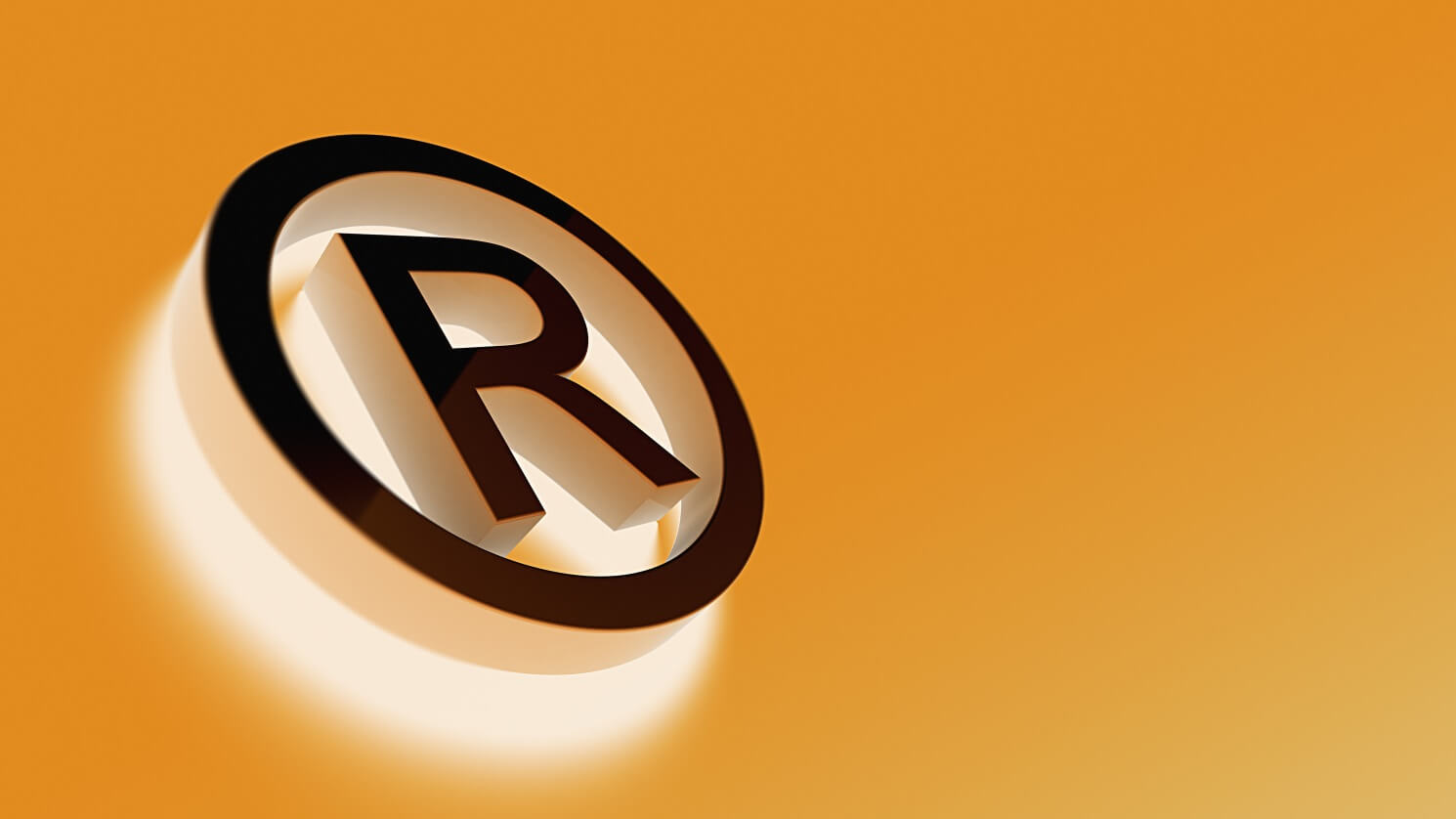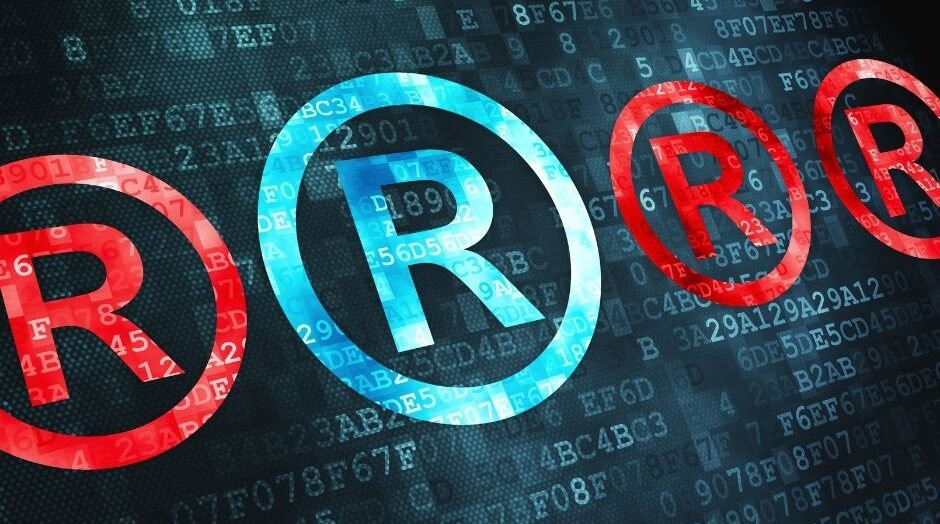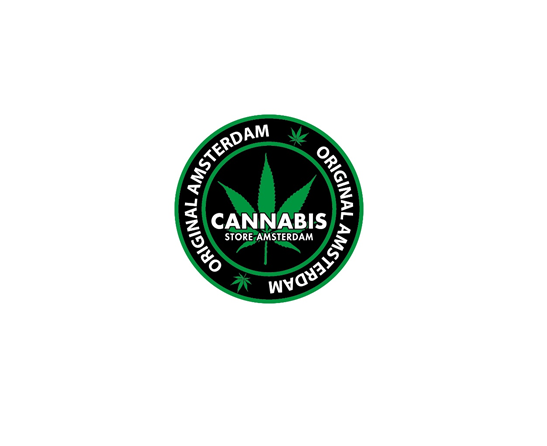A trademark – whose right?
A trademark, as an indication of origin of a product, is associated with an entrepreneur or a company introducing given goods and services on the market.
Registration of a trademark in the Patent Office allows entrepreneurs to protect their rights, and a characteristic sign – next to the mark is a signal for consumers that it has been registered and the producer of the offered goods or services has the right to it.
However, upon seeing a word or word-figurative trademark, do we wonder who has in fact the exclusive right to use it?
The applicants are hardly ever the creators of trademarks, more frequently a logo is acquired from graphic designing studios, or purchased from providers – the repositories of files (for example – Shutterstock). Such purchase does not mean the acquisition of material copyrights to the form of expression of the mark.
Therefore, it may happen that registration of a trademark is made with violation of copyrights of the creator of the mark, for example a graphic designer by whom the logo was created. It happens so, if registration was not preceded by the assignment of material copyrights from the creator upon the applicant. Each trademark (a word or a logo) may be regarded as a work in the meaning of the Act on Copyright and Related Rights [1], while the fact whether the applied trademark constitutes a work, and whether the applicant is the party entitled to the form of its representation, is not examined ex officio.
What can be regarded as a work?
The Act on Copyright and Related Rights defines a work as “any manifestation of creative activity of individual nature, established in any form, irrespective of its value, purpose or form of expression” (Article 1). The object of copyright is therefore a result of activity, which is different even in the smallest degree from other results of the same kind of activity, as a result of which it has the feature of novelty [2]. In accordance with the judgment of the Court of Justice of the European Union, a work is the result of one’s own individual creative activity [3].
So what kind of trademark can simultaneously fulfill the prerequisites for being regarded as a work? Namely, the mark which will be subjectively new for the creator [4]. It can be a word mark, a word-figurative mark, or any other unconventional mark.
The collision of rights
Filing a trademark application, which is simultaneously a work of another creator, e.g. created by a graphic designer upon a commission, without the assignment of rights to this graphic work upon the applicant, shall result in the collision of rights. By obtaining a right of protection for a trademark, the party acquires the exclusive right to use the mark for commercial or professional purposes. Under the Act on Copyrights, the creator of the work is entitled to the exclusive right to use the work and to administer it in all fields of exploitation, and is also entitled to a royalty for using the work.
Pursuant to the Law on Industrial Property [5], a right of protection shall not be granted for a trademark, if its use would infringe personal or material rights of third parties (Article 1321 Paragraph 1 Point 1). In other words, an application for a trademark may infringe the rights of a creator to the work which constitutes that mark.
Each party, whose personal or material rights (including the copyrights) would be infringed as a result of registration of a trademark, has the right to file an opposition against such trademark application.
How the Applicants should protect themselves?
If a trademark being the subject of an application has been obtained from a graphic designer, so in other words ? the applicant is not the author of the form of expression of the mark ? before filing an application for registration of the mark, one should take the necessary steps to regulate all legal issues concerning copyrights, by the assignment of the material copyrights to the trademark. This can be done by signing an agreement on the assignment of rights, or a license agreement. Such agreement should be made in writing, under the pain of nullity.
The acquisition of the material copyrights by the applicant does not constitute the transfer of personal copyrights, which remain to be the property of the creator.
The creator (graphic designer) who files an opposition against a trademark application, will have to prove that registration of the mark would infringe the statutory requirements for obtaining a right of protection. The burden of proof rests upon the creator, which means that a graphic designer will have to provide evidence that he is the author of the work which constitutes the trademark, and that the applicant is using it unlawfully.
The best and the most effective way of securing oneself against refusal of granting protection, in consequence of the opposition filed on the basis of the infringement of copyrights, will be an agreement on the assignment of the material copyrights attached to the application.
Not in every case such opposition will be filed, not always a justification of one?s rights by presenting an agreement will be necessary, however, it is unquestionable that signing such agreement with the creator is advisable, so that it can be kept in handy, should the need arise.
[1] The Act of 4th February 1994 on Copyrights and the Related Rights (Journal of Laws of 2018, item 1191);
[2] Private Law System: Copyrights, J. Barta (editor), Warsaw, C.H. Beck 2003, page 8;
[3] Refer to the judgment of the European Court of Justice of 16th July 2009, case No. C-5/08;
[4] R. Markiewicz, ?Playing with Copyrights? Warsaw: Wolters Kluwer S.A. 2015, page 18
[5] Act of June 30, 2000 on the Law on Industrial Property (Journal of Laws of 2017, item 776).

Joanna Rafalska is a patent attorney in Trademark and Industrial Design Department at Patpol. She graduated from law at the Catholic University of Lublin, and completed post-graduate studies in intellectual property law at the Jagiellonian University. At Patpol, she supports the work related to obtaining and maintaining protection of trademarks and industrial designs of our clients. Contact with the author













